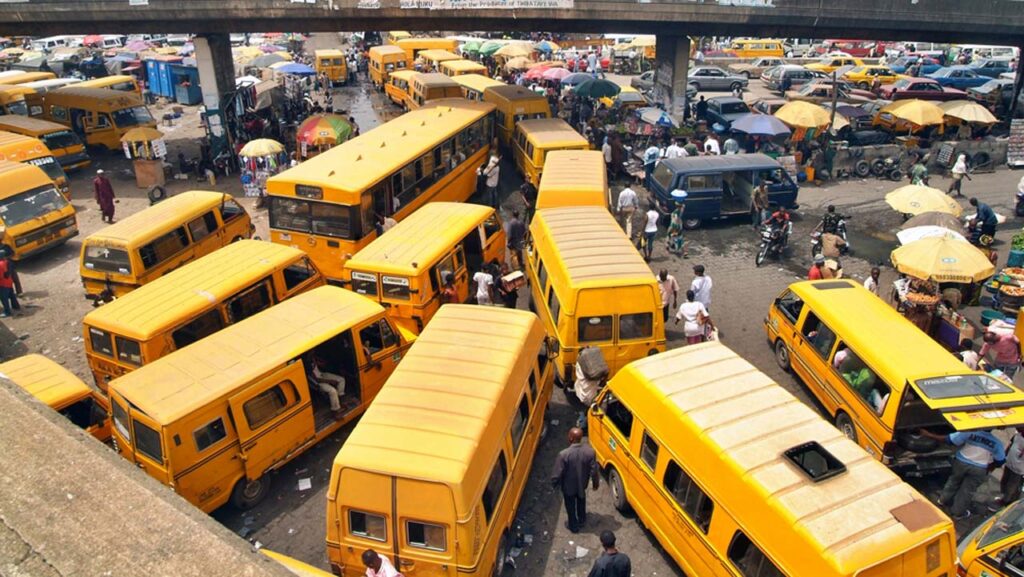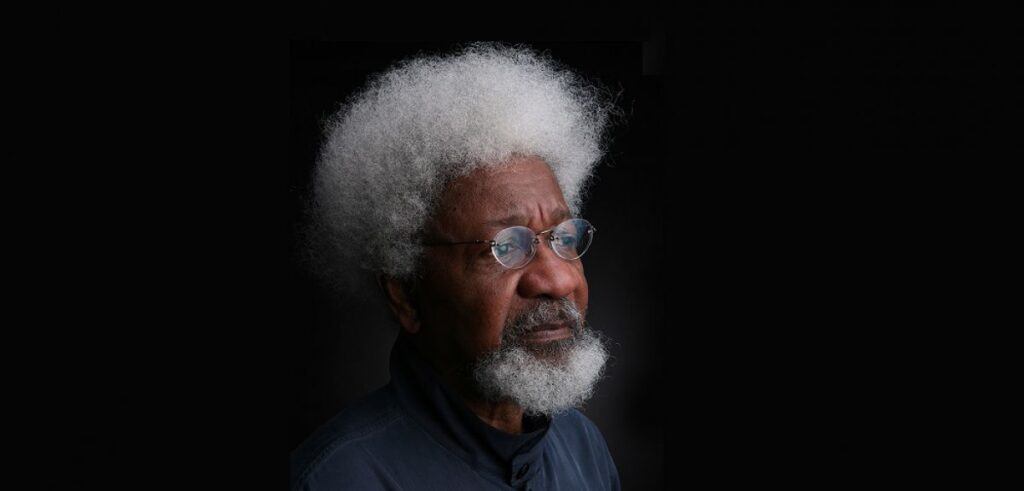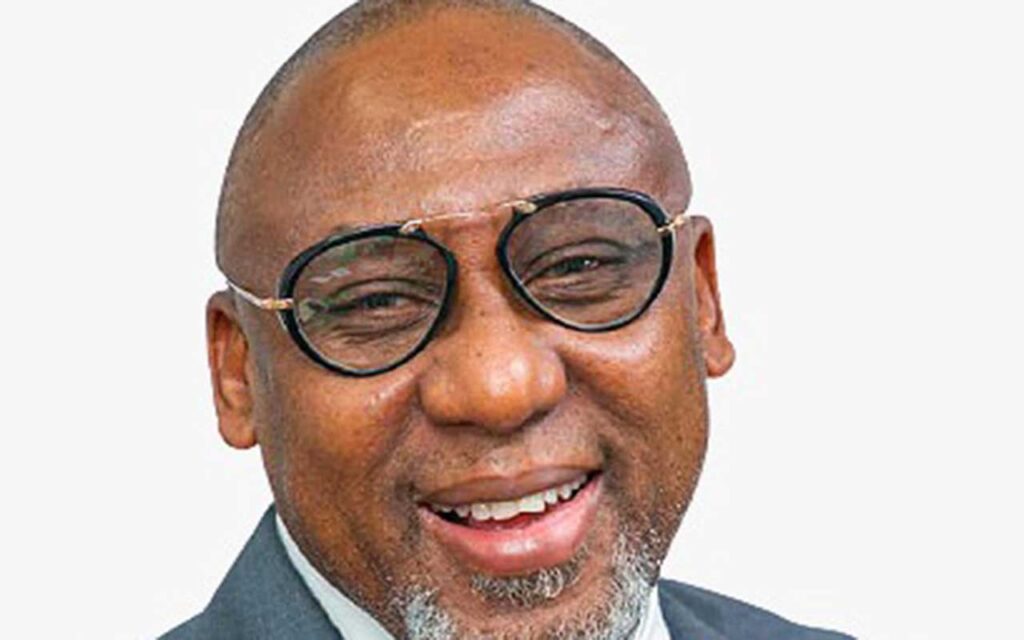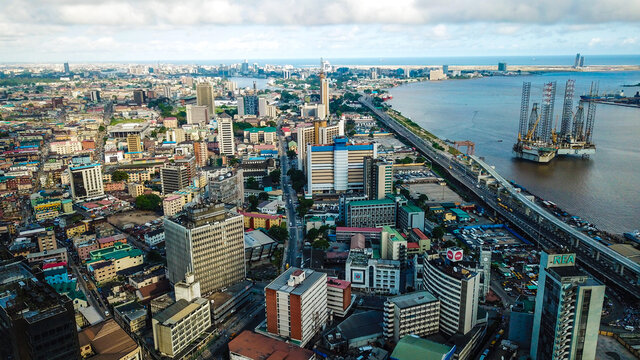
UNESCO Director-General, Audrey Azoulay, described the development as unpleasant and highlights grave risks and vulnerabilities journalists face in the course of their work.
According to Azoulay, after several years of consecutive declines, the steep rise in the number of journalists killed has become alarming.
She advised authorities to step up efforts to stop these crimes and ensure their perpetrators are punished, because indifference is a major factor in this climate of violence.
Azoulay observed, “the spike in killings in 2022 marks a dramatic reversal of the positive trend seen in recent years: from 99 killings in 2018, the number had dropped to an average of 58 killings per year from 2019 to 2021, according to the UNESCO Observatory of killed Journalists.
“These numbers are a reminder of the growing fissures in rule of law systems worldwide, and highlight states’ failure to fulfill their obligations to protect journalists and prevent and prosecute crimes against them.”
She added that while every region was affected, Latin America and the Caribbean was the deadliest for journalists in 2022 with 44 killings, over half of all of those killed worldwide.
She further revealed that Asia and the Pacific registered 16 killings, while 11 were killed in Eastern Europe. The deadliest individual countries were Mexico (19 killings), Ukraine (10) and Haiti (nine).
Azoulay added that around half of the journalists killed were off duty at the time they were targeted – while travelling, in their homes, or in parking lots and other public places where they were not on assignment.
To her, this marks a continuation of a trend in recent years and implies that there are no safe spaces for journalists, even in their spare time.
While the number of journalists killed in countries in conflict rose to 23 in 2022, compared with 20 the previous year, she stated that the global increase was primarily driven by killings in non-conflict countries.
She added: “This number almost doubled from 35 cases in 2021 to 61 in 2022, representing three quarters of all killings last year.
“These journalists were killed for a variety of reasons, including reprisals for reporting on organised crime, armed conflict or the rise of extremism, and covering sensitive subjects such as corruption, environmental crimes, abuse of power, and protests.”
While there has been some progress in the last five years, she stated that the rate of impunity in journalists’ travails remain shockingly high at 86 per cent, creating a chilling effect for the work of journalists and risking freedom of expression worldwide.
She noted: “This proves that combating impunity remains a pressing commitment on which international co-operation must be further mobilised.
“In addition to killings, journalists continue to be threatened with multiple forms of violence ranging from enforced disappearance, kidnapping and arbitrary detention, legal harassment, and digital violence, particularly against women journalists.”
She added that UNESCO’s World Trends in Freedom of Expression Report 2021/ 2022 highlights these challenges, pointing to the weaponisation of defamation laws, cyber laws, and anti “fake news” legislation, which is sometimes applied as a means of limiting freedom of speech, all of which create a toxic environment for journalists












